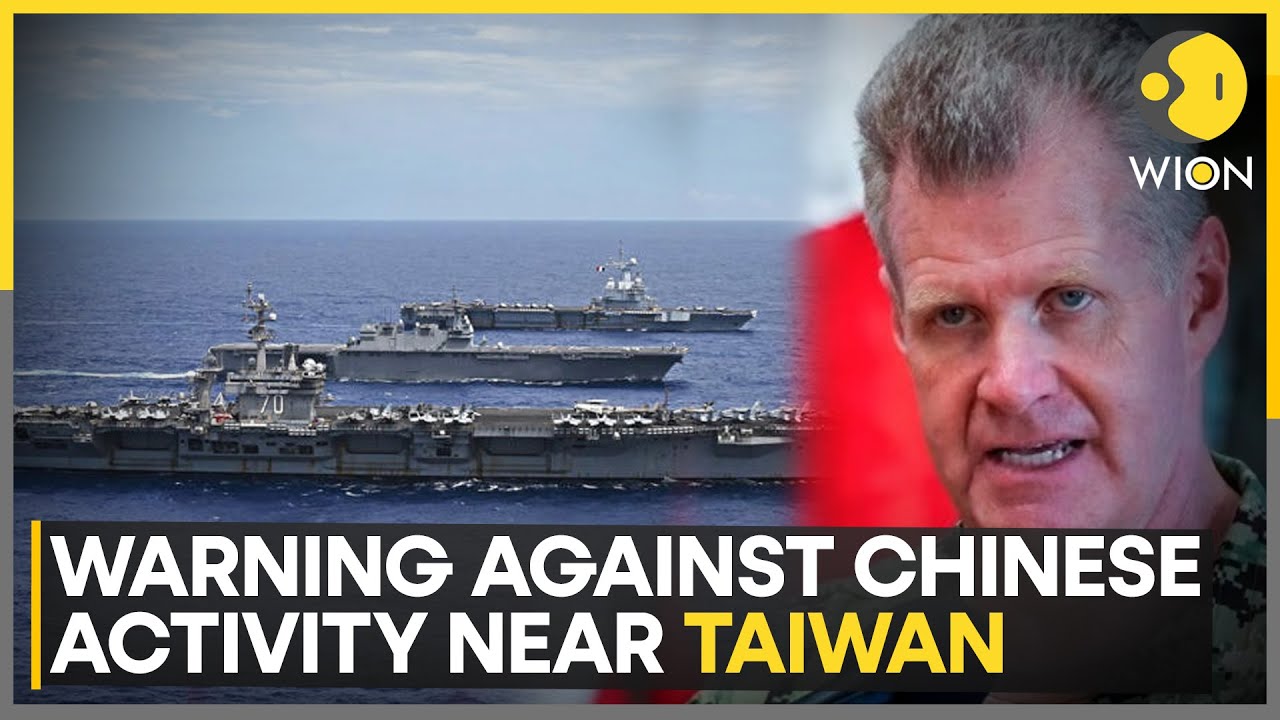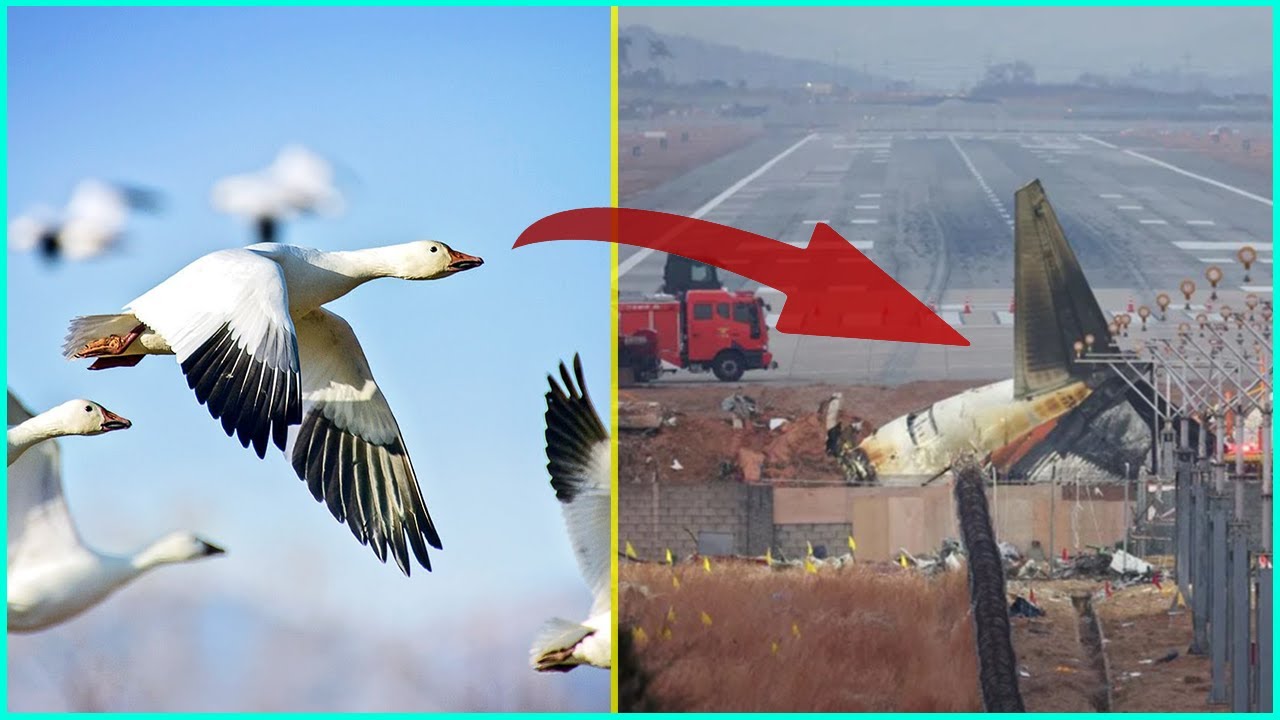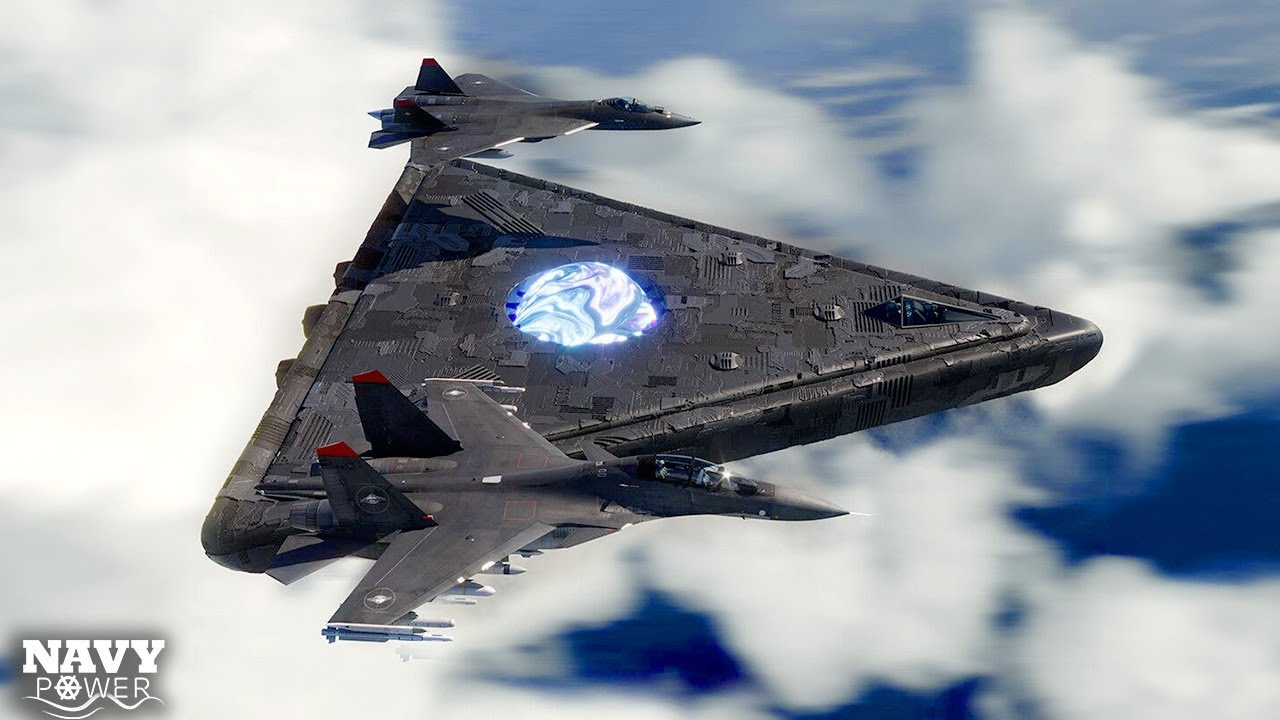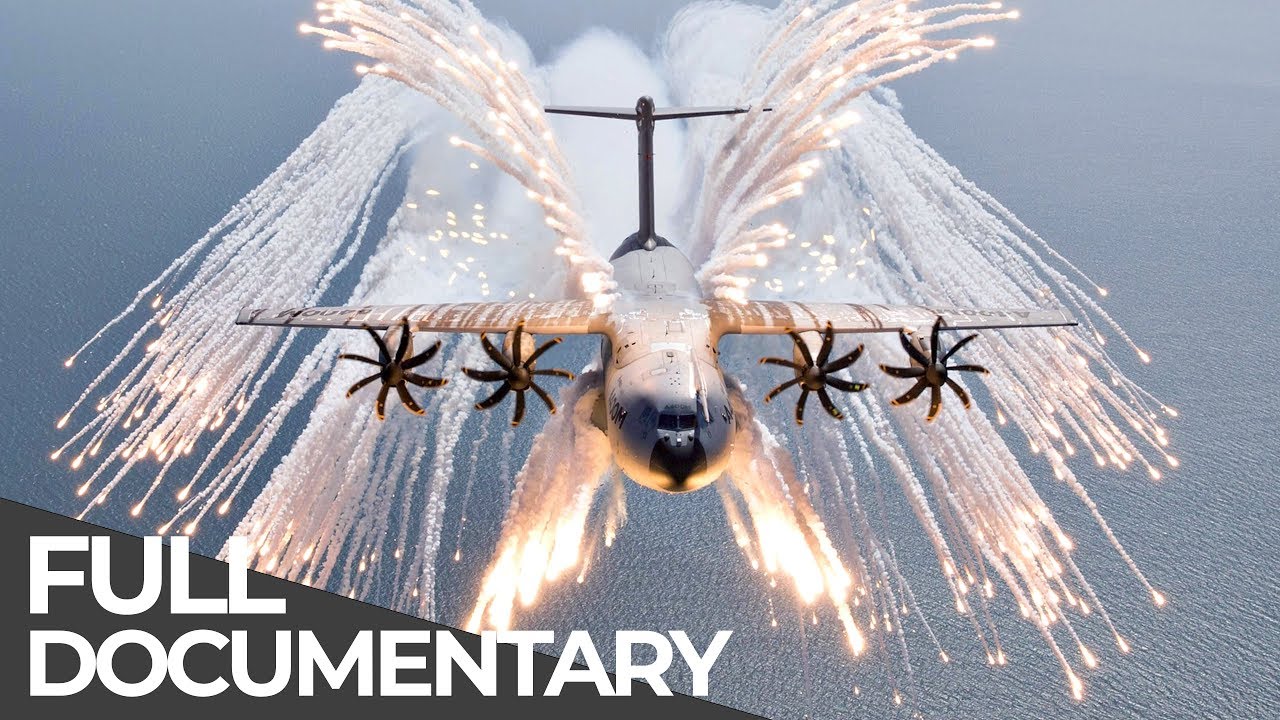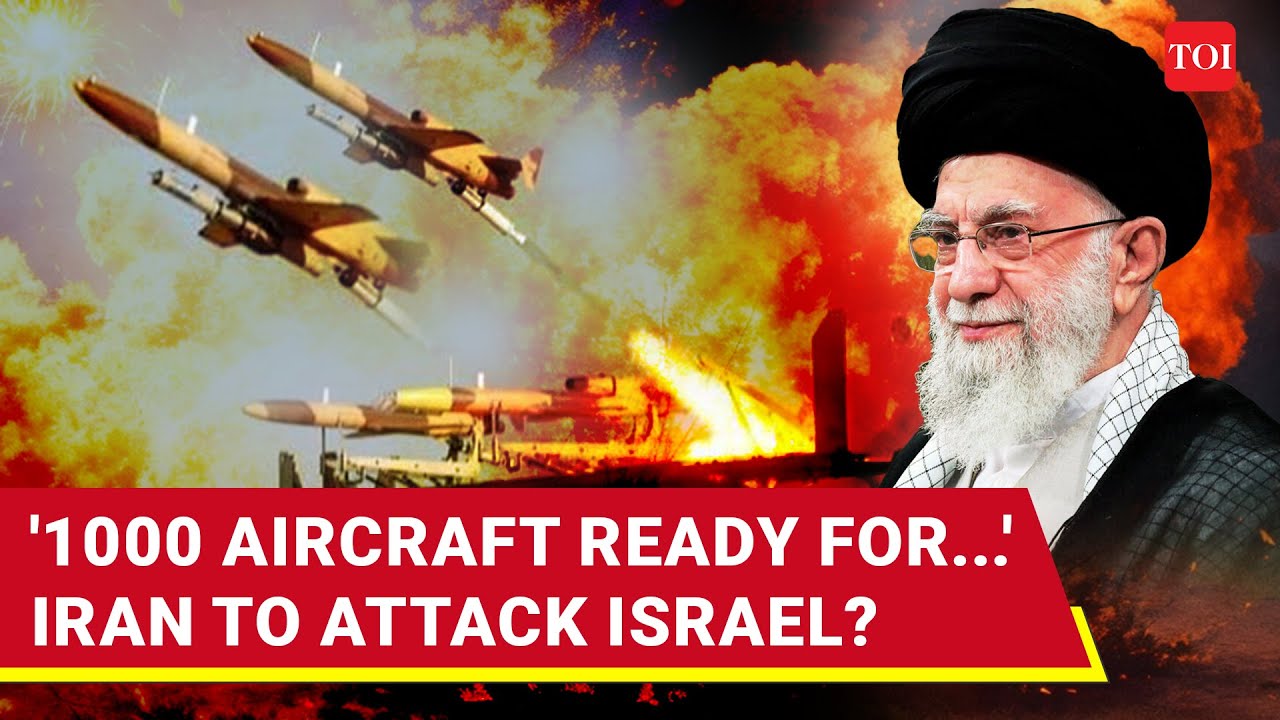In a stark display of military might, the United States, alongside 28 allied nations including Australia, has launched one of the largest military exercises in history, Rimac 2024, taking place around the Hawaiian Islands. This operation aims to demonstrate the capabilities of the world’s most advanced weaponry while sending a clear message to potential adversaries such as China, Russia, and North Korea: any aggression will come with significant consequences.

The exercise has transformed Hawaii from a serene paradise into a stage for what some are describing as a “show of force.” Vice Admiral John Wade, who is overseeing the operation, emphasized the importance of readiness in a region characterized by rising tensions. He noted, “The Indo-Pacific is a dangerous and complex area, particularly with the aggressive posturing of China and the persistent threats from North Korea.”
The scale of Rimac 2024 is unprecedented, with nearly 29 nations participating to enhance collective defense capabilities. This massive collaboration aims not only to deter conflict but also to prepare for potential military engagements. “Our ambition is to ensure that we can respond effectively to any threats in the region,” Admiral Wade stated, reinforcing the message that the military presence is a deterrent to aggression.
The exercises involve extensive training and coordination among air and naval forces, showcasing the operational readiness of the U.S. Navy and its allies. Onboard the USS Carl Vinson, one of the U.S. Navy’s nuclear-powered aircraft carriers, Captain Matthew Thomas outlined the ship’s critical role in the operation, stating, “We can sail anywhere international law allows and do it for an indefinite period.” The carrier, alongside its fleet of 80 aircraft, is equipped to handle various combat scenarios, underscoring the U.S.’s strategic capabilities.
However, this display of force has drawn criticism, particularly from China, which perceives such maneuvers as provocative rather than reassuring. A retired Chinese colonel remarked, “This show of force only escalates tensions in the region. We do not fear it, as China is growing stronger in its military capabilities.” This sentiment reflects China’s increasing assertiveness, particularly in the South China Sea and around Taiwan, regions central to current geopolitical struggles.
Amidst this tension, the U.S. Navy is keenly aware of the stakes at play. Admiral Lisa Franchetti, Chief of Naval Operations, stressed the importance of maintaining strong partnerships with allies in the face of rising challenges. “Allies matter, and so do adversaries,” she noted, emphasizing the need for solidarity among nations to safeguard peace and stability.
The Rimac 2024 exercises serve as a critical reminder of the complex dynamics in the Indo-Pacific region, where the balance of power is constantly shifting. As the world watches, the U.S. and its allies are committed to demonstrating their readiness to counter any threats that may emerge. The outcome of these exercises could influence the strategic decisions of nations in the region as they navigate their relationships in an increasingly volatile environment.
As military forces engage in this historic exercise, they prepare not only to deter aggression but to foster a collaborative approach to maintaining peace. The stakes are high, and the international community remains focused on the implications of these developments, particularly as the U.S. gears up for a pivotal presidential election that may shape its foreign policy direction.
The ongoing Rimac 2024 exercise underscores the significant military posturing in the Pacific, reflecting both the need for preparation amidst potential conflict and the hope that such demonstrations of strength can avert war. In a world where the freedom of the seas is under threat, the alliances formed and tested in these exercises may prove crucial in the years to come.

